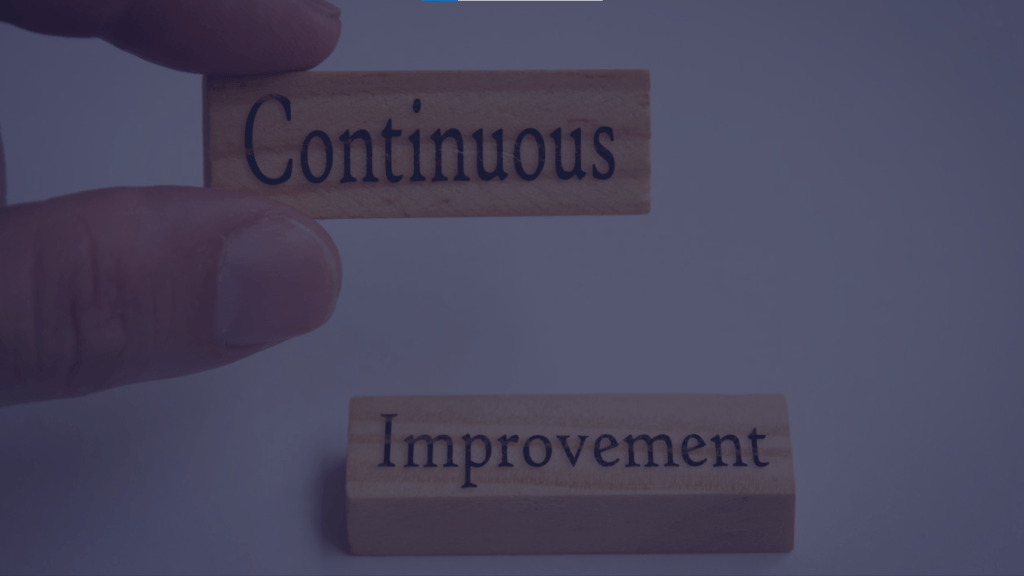Staffing and recruiting directly impact an organization’s productivity, efficiency, and overall performance. Hiring the right candidates can drive innovation, enhance team dynamics, and contribute to a positive work culture. On the other hand, poor staffing decisions can result in costly turnovers, decreased employee morale, and hindered progress. Therefore, it is crucial to invest time and effort into building a strong staffing and recruiting framework.

To attract qualified candidates, organizations need to develop a targeted recruitment strategy. This involves defining the desired skills, experience, and qualifications required for each role. Crafting compelling job descriptions and using appropriate channels to advertise vacancies can significantly increase the likelihood of attracting suitable candidates. Emphasizing the company’s unique selling points and values can also help to create an employer brand that appeals to top talent.

In the digital age, technology plays a vital role in staffing and recruiting. Applicant tracking systems (ATS) streamline the hiring process by automating job postings, resume screening, and candidate tracking. These systems can save significant time and effort, allowing recruiters to focus on building relationships with potential candidates. Additionally, leveraging social media platforms, online job boards, and professional networks can expand the reach and visibility of job opportunities.
To ensure a rigorous and objective candidate evaluation, organizations should implement effective screening and assessment methods. Conducting thorough interviews, skill assessments, and reference checks helps to evaluate candidates’ qualifications and cultural fit. Pre-employment tests, such as cognitive and personality assessments, can provide valuable insights into candidates’ abilities and work styles. These methods enable organizations to make informed hiring decisions and minimize the risk of mismatches.

Building strong relationships with candidates is essential for successful talent acquisition. Effective communication throughout the recruitment process, providing timely updates, and offering personalized feedback contribute to a positive candidate experience. Even if a candidate is not selected, maintaining a respectful and transparent approach can create a favorable impression and encourage potential future applications or referrals.
To ensure a continuous supply of qualified candidates, organizations should develop and maintain a talent pipeline. This involves proactively engaging with passive candidates, attending industry events, and establishing partnerships with educational institutions or professional associations. By nurturing relationships with potential candidates, organizations can tap into a pool of talented individuals when positions become available, reducing time-to-fill and improving overall recruitment outcomes.

Staffing and recruiting processes should be regularly evaluated to identify areas for improvement. Collecting feedback from hiring managers, candidates, and current employees can provide valuable insights into the effectiveness of the recruitment strategy. Analyzing key metrics such as time-to-fill, cost-per-hire, and retention rates can highlight areas that require attention. Continuous learning and adaptation are essential for staying ahead in the ever-evolving talent landscape.
Efficient staffing and recruiting processes are fundamental to building a high-performing and engaged workforce. By implementing targeted recruitment strategies, leveraging technology, and fostering candidate relationships, organizations can streamline their talent acquisition efforts. The continuous evaluation and improvement of these processes ensure that organizations remain agile and competitive in attracting and retaining top talent. Embracing these strategies will set the stage for long-term success and growth in today’s dynamic business environment.
In addition to the strategies mentioned earlier, implementing a comprehensive full cycle recruitment approach and utilizing LinkedIn for talent sourcing can further enhance staffing and recruiting efforts.
Full cycle recruitment encompasses the entire recruitment process, from identifying hiring needs to on boarding new employees. It involves proactive planning, sourcing, screening, interviewing, selecting, and ultimately hiring the right candidates. By following a structured and well-defined process, organizations can ensure consistency, efficiency, and effectiveness throughout the recruitment life-cycle.
One valuable tool for talent sourcing is LinkedIn. As the world’s largest professional networking platform, LinkedIn offers unparalleled access to a vast pool of qualified candidates. Recruiters can leverage the platform’s advanced search capabilities, filters, and keywords to identify potential candidates with specific skills and experiences. LinkedIn also provides valuable insights into candidates’ professional profiles, recommendations, and endorsements, allowing recruiters to assess their credibility and suitability for the role.
Engaging with potential candidates on LinkedIn goes beyond simply reaching out with job opportunities. Recruiters can establish connections, participate in industry-related discussions, and contribute valuable content to build credibility and attract top talent. By actively networking and engaging with professionals in relevant fields, recruiters can expand their reach, access passive candidates, and tap into hidden talent pools.
LinkedIn also offers various paid features, such as LinkedIn Recruiter, which provides enhanced search and messaging capabilities specifically designed for talent acquisition professionals. These tools enable recruiters to streamline candidate management, track interactions, and effectively communicate with potential hires.
Integrating LinkedIn into the staffing and recruiting process allows organizations to leverage the power of professional networks and tap into the active and passive candidate market. It helps in identifying top talent, engaging with candidates directly, and showcasing the organization’s employer brand. Furthermore, LinkedIn provides access to valuable data and analytic, enabling recruiters to measure the effectiveness of their sourcing efforts and make data-driven decisions to optimize talent acquisition strategies.
In conclusion, embracing a full cycle recruitment approach and utilizing LinkedIn for talent sourcing are essential components of a robust staffing and recruiting framework. By implementing these strategies, organizations can effectively identify, attract, and hire the right candidates for their roles. Leveraging technology platforms like LinkedIn enhances efficiency, expands the candidate pool, and enables recruiters to build meaningful connections with potential hires. Continuous evaluation, improvement, and adaptation of these processes ensure that organizations remain competitive in attracting and retaining top talent, ultimately driving their success in today’s dynamic business environment.
DSD Recruitment combines deep staffing & recruiting knowledge with specialized expertise in RPO Solution Globally.